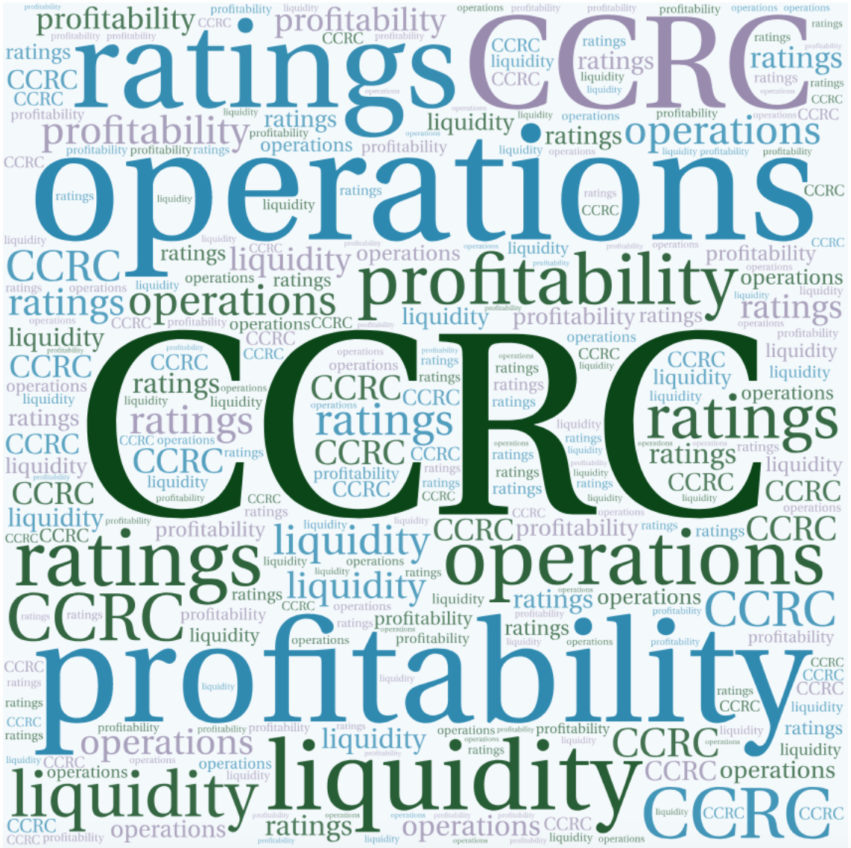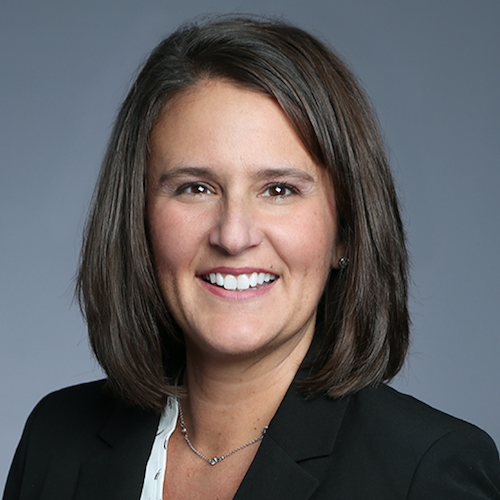

Approximately 10% of the nation’s life plan communities, or continuing care retirement communities, are considered “large scale,” meaning they have 500 or more units on one campus, according to specialty investment bank Ziegler. That’s about 175 CCRCs.
Additionally, there are roughly 60 large-scale CCRCs nationally that have at least 700 units on the same campus, Ziegler reported in a recent newsletter.
“You can definitely still achieve greater scale as a single-site community. You can build out your existing footprint,” Lisa McCracken, director of senior living research and development at Ziegler, told the McKnight’s Business Daily. “There are some large-campus members that have well over 2,000 residents within one community.”
Running a community of a substantial size has “very unique elements,” McCracken said.
“Operationally, it is more complex,” she said. “You approach marketing differently when you have this larger footprint, and your presence in your local market is different. So the ability to have a peer network among this group to share best practices is really beneficial.”
Although large-campus CCRCs are not new, McCracken said, their numbers are “inching up” as communities purchase adjacent land, build out on additional land, add additional units and build new buildings. Many communities have expanded their footprints by adding independent living units, she added.
“We have some participants in this group with communities that are well over 100 years old, so it’s not generally an overnight development,” McCracken said.
Eighty-three percent of the large-campus CCRCs are sponsored by not-for-profit providers, according to Ziegler. Among the not-for-profit large-campus CCRCs, 65% are communities that are part of multi-site organizations. Almost all of the for-profit large-campus CCRCs are owned by multi-site organizations.
According to McCracken, examples of large-scale CCRCs exist throughout the United States, but some states, such as California, “are naturally a little more limited simply because of the cost of land.”




